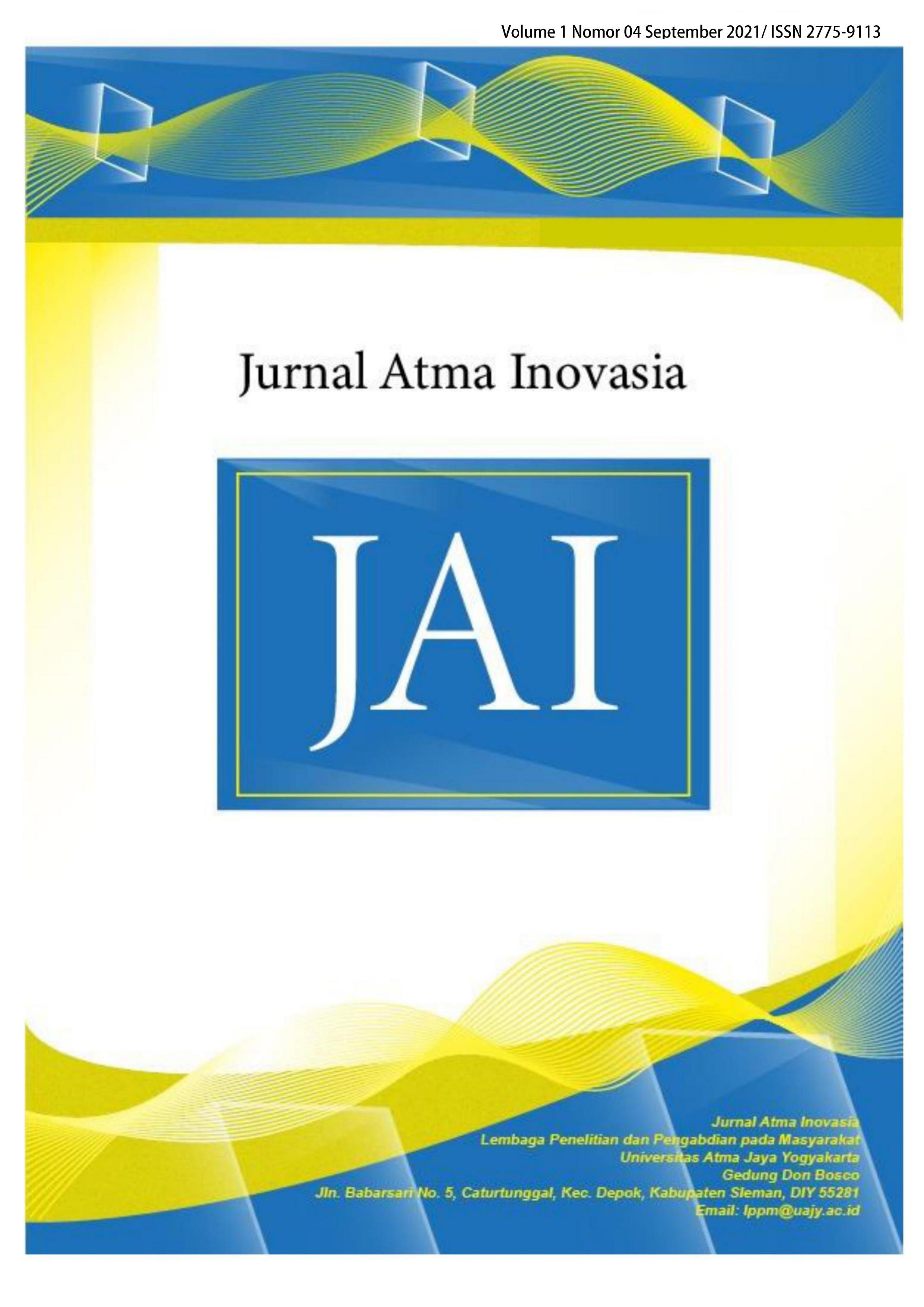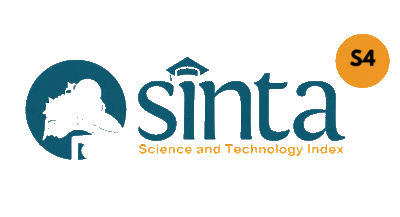Potensi Desa Kanoman melalui Hasil Pertanian dan Hasil Perkebunan
DOI:
https://doi.org/10.24002/jai.v1i4.4016Keywords:
Community Service, Village Potential, Straw Ferementation, Coconut Coir Extract, Handsanitizer.Abstract
Kanoman Village is located in Panjatan District, Kulon Progo. The people of Kanoman Village have the majority of their livelihoods as farmers. This village grows a lot of rice, chilies, onions and there are also many coconut plantations. A lot of rice farming produces straw which can be reused for animal feed. Apart from Jermi, this village has many coconut plantations, coconut husk damana can be used as a handsanitizer. The purpose of conducting KKN in this village is to provide skills to the community to cultivate the existing village potential. The method to be carried out is making the straw fermentation and extracting coconut husk simply. The results of this KKN are expected to be of benefit to the community in Kanoman VillageReferences
M. N. Alamsyah, “Memahami perkembangan desa di indonesia,” Acad. Fisip Untad, vol. 03, no. 02, pp. 647–660, 2011.
M. Amin, S. D. Hasan, O. Yanuarianto, and M. Iqbal, “Pengaruh Lama Fermentasi Terhadap Kualitas Jerami Padi Amoniasi yang Ditambah Probiotik Bacillus Sp.(Effect of Fermentation Duration on Quality of Ammoniation of Rice Straw with Probiotic Bacillus sp.),” J. Ilmu dan Teknol. Peternak. Indones. Vol., vol. 1, no. 1, pp. 8–13, 2015.
T. Setyono, H., Kusriningrum, Mustikoweni, M. Nurhayati, R. Sidik, M. Anam, and dan W. P. L. Lamid, Teknologi Pakan Hewan. Surabaya: Fakultas Kedokteran Hewan Universitas Airlangga, 2009.
A. Asngad, A. B. R, and N. Nopitasari, “Kualitas Gel Pembersih Tangan (Handsanitizer) dari Ekstrak Batang Pisang dengan Penambahan Alkohol, Triklosan dan Gliserin yang Berbeda Dosisnya,” Bioeksperimen J. Penelit. Biol., vol. 4, no. 2, pp. 61–70, 2018, doi: 10.23917/bioeksperimen.v4i2.6888.
I. Ismail, H. Haeria, and F. F. Ahmad, “Potensi Pemanfaatan Ekstrak Sabut Kelapa (Cocos nucifera Linn.) Sebagai Antiseptik Dalam Bentuk Sedian Gel,” J. Farm. UIN Alauddin Makassar, vol. 4, no. 4, pp. 146–152, 2017.
Y. Yusriani, - Elviwirda, and M. Sabri, “Kajian Pemanfaatan Limbah Jerami Sebagai Pakan Ternak Sapi di Provinsi Aceh,” J. Peternak. Indones. (Indonesian J. Anim. Sci., vol. 17, no. 2, p. 163, 2015, doi: 10.25077/jpi.17.2.163-169.2015.
Ariffin, Metode Klasifikasi Iklim di Indonesia. Malang: UB Press, 2019.
yanuartono yanuartono, H. Purnamaningsih, S. Indarjulianto, and A. Nururrozi, “Potensi jerami sebagai pakan ternak ruminansia,” J. IlmuIlmu Peternak., vol. 27, no. 1, pp. 40–62, 2017, doi: 10.21776/ub.jiip.2017.027.01.05.
M. S. Muhardi., “Amoniasi jerami padi kering sebagai pakan alternative ternak sapi pada musim kemarau di Kabupaten Gunung Kidul,” Pelita, vol. 1, no. 2, pp. 1–7, 2006.
R. P. Dewantari, N. Edy, and S. Yudo, “GULMA PADA PERTUMBUHAN DAN HASIL TANAMAN KEDELAI ( Glycine max ( L .) Merril ) THE EFFECT OF STRAW MULCH AND WEEDING PERIOD ON GROWTH AND YIELD OF SOYBEAN ( Glycine max ( L .) Merril ),” Jumlah Produksi Tanam., vol. Vol 3, Nom, pp. 487–495, 2015.
T. Ansah, E. Osafo, and H. Hansen, “Herbage yield and chemical 41 composition of four varieties of Napier (Pennisetum purpureum) grass harvested at three different days after planting,” Agric. Biol. J. North Am., vol. 1, no. 5, pp. 923–929, 2010, doi: 10.5251/abjna.2010.1.5.923.929.
N. R. A. Chandra, “NON INDUSTRIAL SEBAGAI DASAR PERTIMBANGAN DESAIN,” vol. 2, pp. 241–244, 2019.
Downloads
Published
Issue
Section
License
Copyright (c) 2021 Raymundo Patria Hayu Sasmita

This work is licensed under a Creative Commons Attribution-ShareAlike 4.0 International License.










